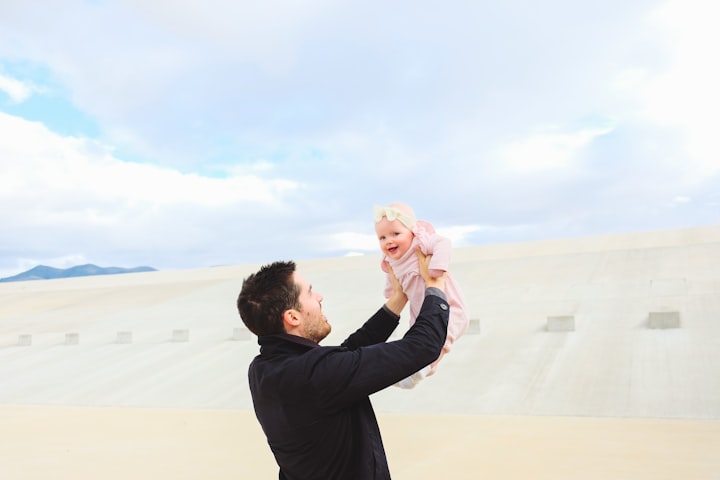A Common Habit, but not so innocent, 4 tips to break the habit of Thumb sucking
Thumb sucking is normal in an infant. Instinct can lead to the baby sucking his thumb in the first few months, or he can suck on a hand, other fingers, or other objects. However, usually, the baby stops sucking by the first year. Most of them suck in order to calm down, and this is the reason why the habit can last up to the age of six or longer. A thumb comforter is always available when a child is scared, lonely, sad, tired, or simply bored. This great little finger is always at hand, just why not use it? Most children get rid of the habit between the ages of three and five, and experts warn that you should never force your baby away from sucking your thumb.

Your baby also sucks his thumb and you don’t know how to wean him off of it? It is one of the most common problems faced by many parents and can be very stubborn as the child sucks his thumb because he is ‘solving’ his distress. If your child is already three years old, it’s time to break that habit. If you wait too long, sucking your thumb can have unpleasant consequences: incorrect tooth position and bite, even incorrect pronunciation. Sucking your thumb and fingers is normal in a newborn and an important way to calm down, but when your baby is three years old, it’s time to break that habit. But experts warn that the problem should never be tackled by force, but gradually.
1. The thumb can only suck in a specific place
First, sit down with the child and talk. They agree that the thumb can only suck when it is in a specific place, such as in its chair. So he will only do this when he feels the need. If he’s going to play a lot and you manage to distract him, he might even forget about the chair and sucking his thumb. You will probably need to remind him of your arrangement a few times at first, but eventually, it will stay in his memory.
2. Reward him
To encourage him even more, you can reward him with an extra bedtime fairy tale, a trip to the park, or another cartoon for the time he hasn’t sucked his thumb. Set his goals that he will be able to achieve, such as an hour before bed zero sucking his thumb. The days when he didn’t suck his thumb, however, can be marked together on a calendar with stickers of his favorite heroes.
3.Offer him another solution
If he does this when he is under stress, you can try to find another way to give him a sense of security. Maybe you can offer him a plush toy that he can squeeze, or hug him. But don’t scold and criticize him.
4. Explain to him that sucking your thumb is not healthy
It is important that you are patient with him and help him. Put yourself in his shoes and think about what it would be like for you when someone would suddenly ban you from your favorite habit, which awakens positive emotions and pleasant feelings in you. This is how a child feels, so explain to him why sucking your thumb is not healthy and that it can bring many bacteria into his mouth. In some cases, a pacifier may be the solution, but not the best, but the fact is that it is much easier to wean a baby from a pacifier than from sucking a thumb.
What can be the consequences of thumb sucking?
The thumb can most easily stop sucking a thumb when it starts to crawl and its arms are busy. You can also distract him with something new, a book, a toy ... If the baby has stopped sucking by the age of four, the consequences are not so severe, but if it continues later, orthodontists warn that there may be a change in function throughout the oral system, however, pronunciation problems also occur. So if the mouth is closed, the tongue is in the sky, but if they are open, the tongue falls down and rests on the lower part. A child who sucks a thumb or any other finger, however, has his mouth open and so his tongue is not where it should be. In such a position, it happens that the upper jaw is too narrow, so the teeth lie forward, and above all, they are pushed forward by the tongue. In most cases, an open bite occurs in the vertical direction as well as in the forward and backward direction.







Comments (1)
I am so scared that my baby will develop this habit. wonderfully written and explained✍️❤️